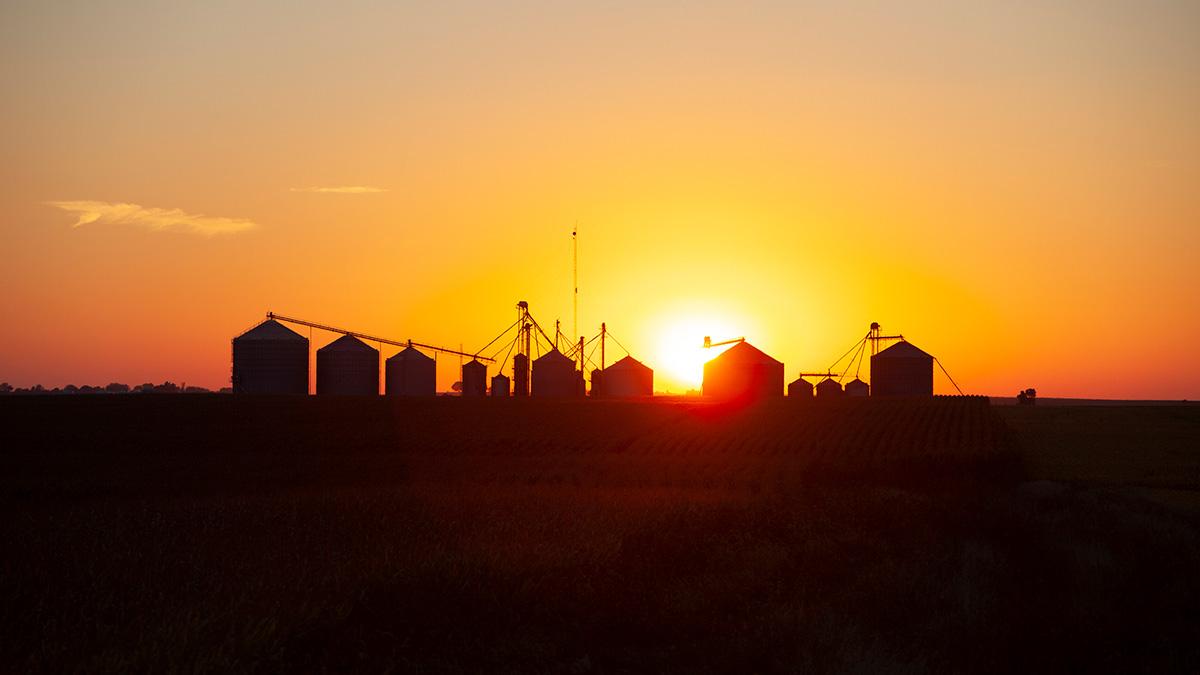Erin Ehnle Brown/realagstock.
Right before the recent mid-term elections, nationwide polls showed that the economy and inflation were some of the top issues voters were considering. High inflation rates impact household budgets and the bottom line of businesses. Given this, what do rural Nebraskans expect will happen in the economy in the next 12 months? What employment decisions are they currently making?
The 2022 Nebraska Rural Poll asked respondents in May and June about their perceptions of the economy and employment considerations. Overall, most rural Nebraskans are pessimistic about the economy in the next year. Almost nine in 10 think the following will become worse or much worse during the next 12 months: inflation (87%), gasoline or diesel fuel prices (87%), grocery prices (86%), and interest rates (85%). In fact, at least four in 10 rural Nebraskans believe the following items will become much worse: gasoline or diesel fuel prices (47%), inflation (44%), grocery prices (43%), and healthcare costs (40%).

And overall, just over four in 10 rural Nebraskans (43%) believe their personal economic position will worsen in the coming year. This is especially true for lower-income Nebraskans. More than six in 10 respondents with household incomes under $40,000 think their economic condition will worsen in the coming year, compared to just over one-quarter of persons with the highest household incomes. This is likely due to lower-income households spending a larger share of their wages on food, gas and housing, which are more likely to be impacted by current inflation rates.
There were other groups of respondents most likely to be pessimistic about their personal economic situation in the coming year. These groups include: persons living in or near smaller communities (particularly communities with populations under 10,000), persons age 50 to 64, persons with lower education levels (less than a four-year degree), persons who are divorced or separated, and persons with production, transportation or warehousing occupations.
Even with these economic concerns, less than one-quarter of rural Nebraskans (22%) expect their personal job prospects to become worse. In fact, the majority (57%) believe their job prospects will stay the same during the coming year. And, few rural Nebraskans are making or considering employment changes, with only three in 20 respondents actively seeking a better paying job (16%), actively looking to change jobs (15%), actively planning to retire or leave the workforce (15%), planning to retire early (14%), or actively seeking a job with flexible work arrangements (14%).
As with the economic concerns, certain groups are more likely than others to be considering making changes to their employment. Many differences were detected by age. Younger persons are more likely than older persons to be actively seeking a better paying job, actively seeking a job with more hours and actively looking to change jobs. Almost three in 10 persons under the age of 40 are actively seeking a better paying job. Just over one-quarter of persons age 19 to 29 are actively looking to change jobs. However, older persons are more likely than younger persons to be actively planning to retire or leave the workforce and planning to retire early. Persons between the ages of 30 and 39 are the age group most likely to be actively seeking a job with flexible work arrangements. Just over one-quarter of this age group (26%) are seeking flexible work arrangements, compared to approximately one in 10 persons age 50 and older.
So, what might all this mean for rural Nebraskans? While it appears that many feel confident about their jobs, some are concerned that their cost of living is currently rising faster than their wages. If these concerns continue today, some residents may adjust their spending habits. Others, such as farmers and ranchers, are seeing increasing input costs cutting into their profit margins. The same is true for other business owners. This could ultimately impact rural communities as residents and businesses have less disposable income.


